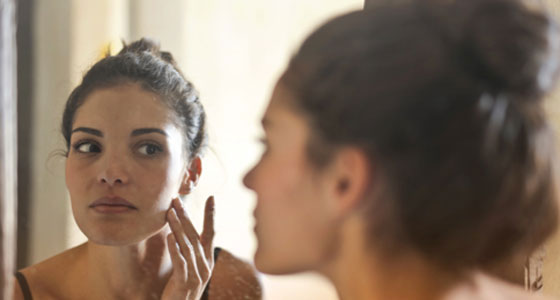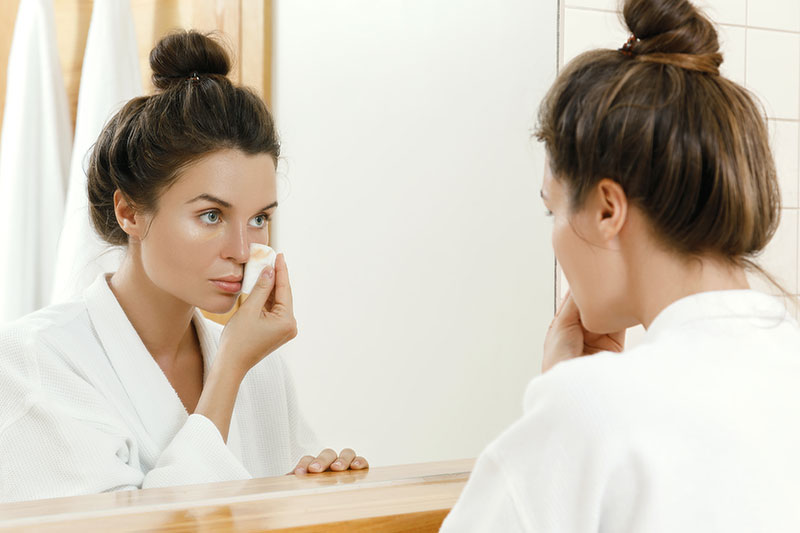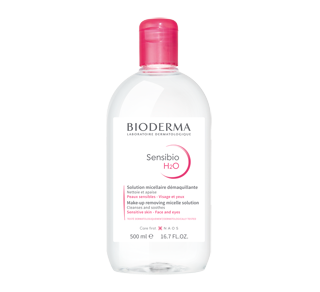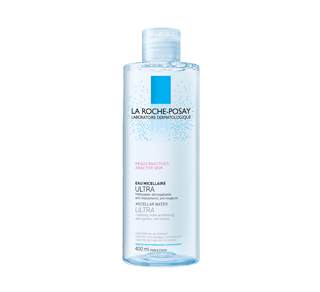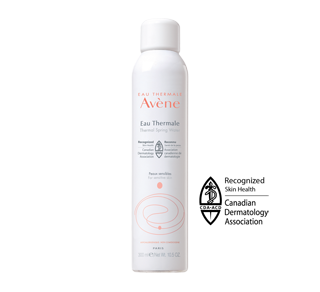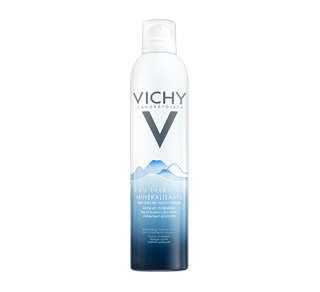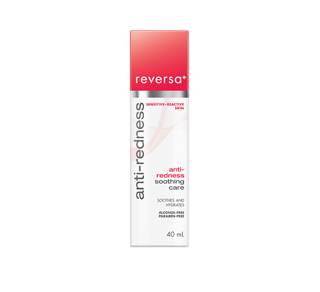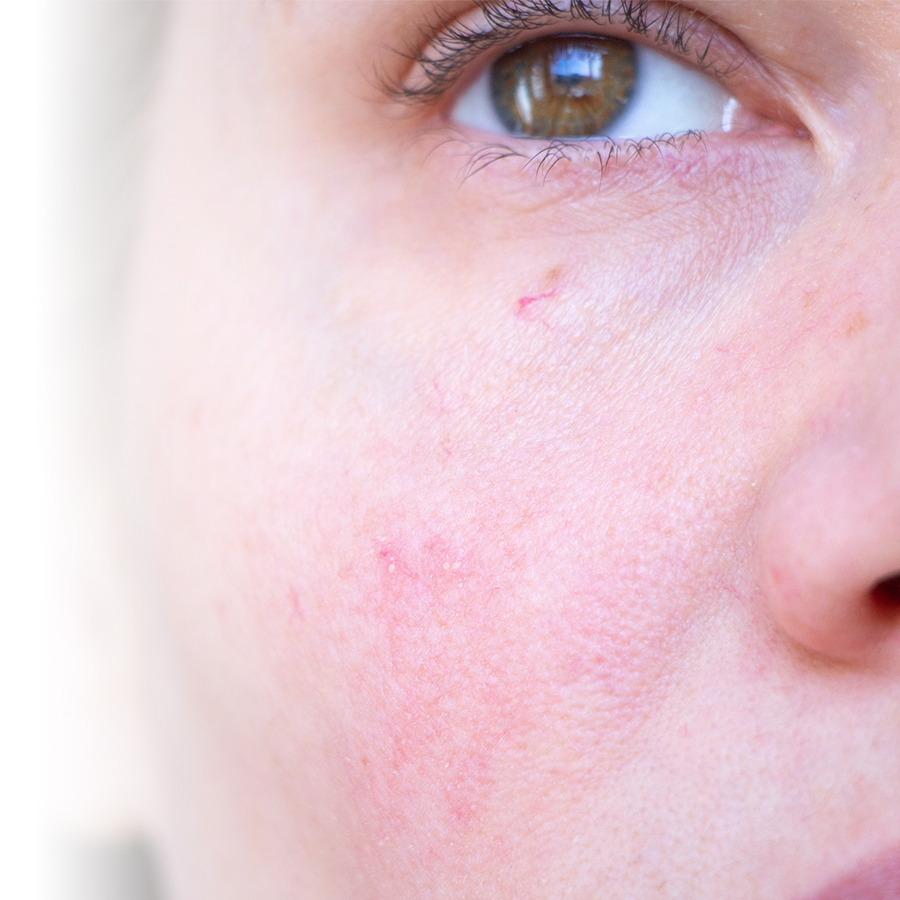CARING FOR AFFECTED SKIN
Rosacea and couperose can affect both the appearance and the health of your skin, beginning with increased skin sensitivity. In terms of a beauty routine, certain rules should be followed: avoid abrasive formulas like lotion or cream scrubs, protect your skin from the effects of the sun, and add gentle, soothing products to your skin-care routine.

